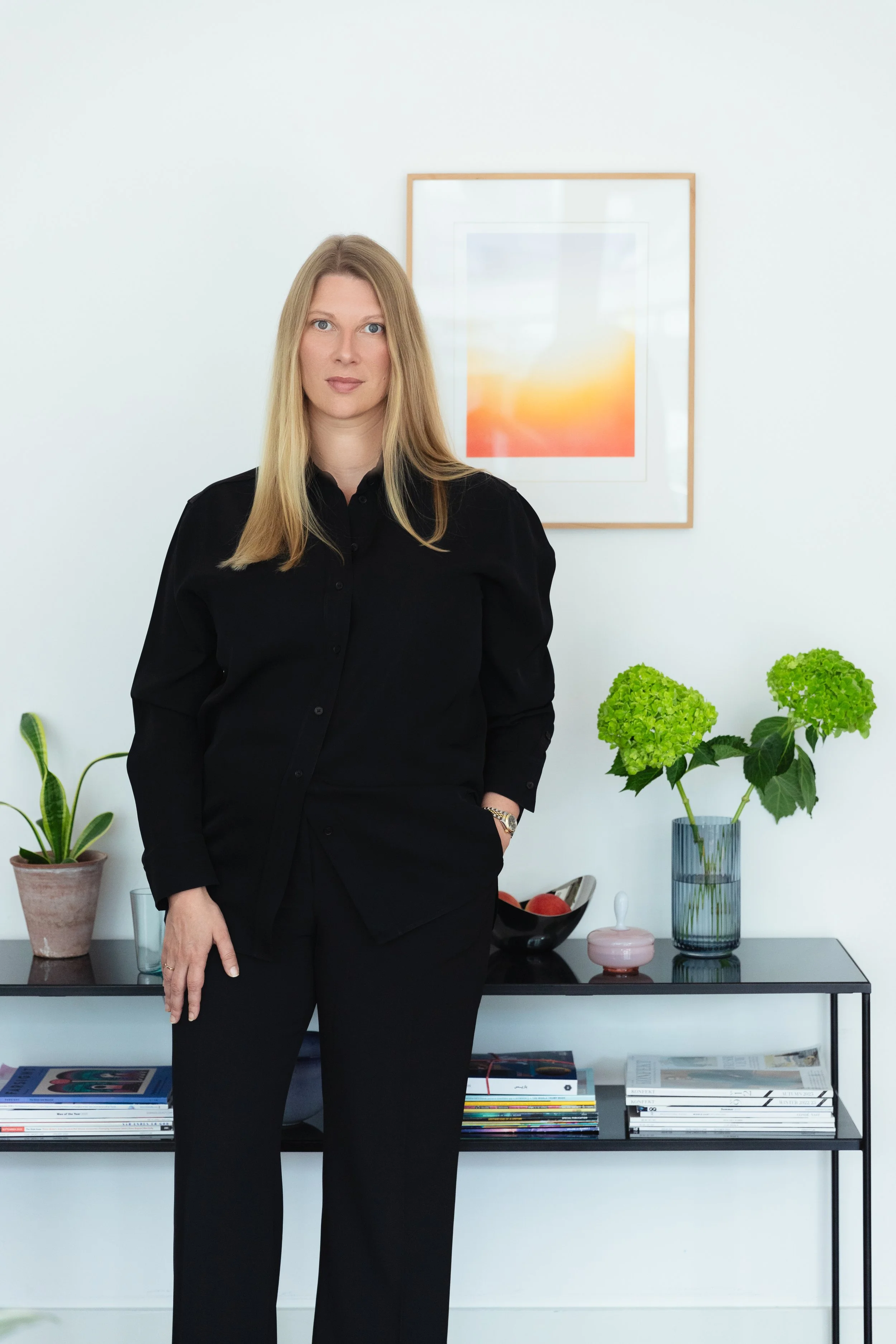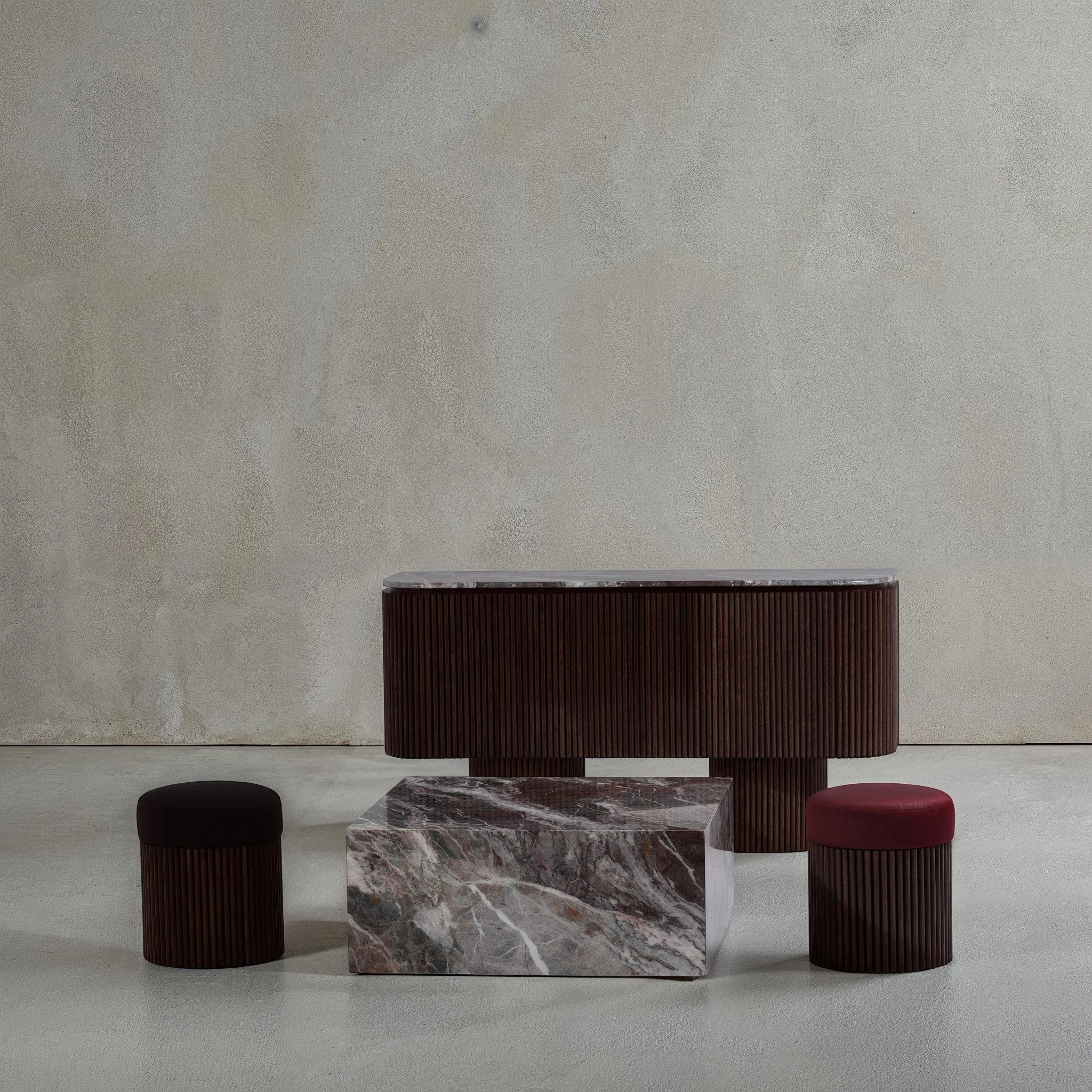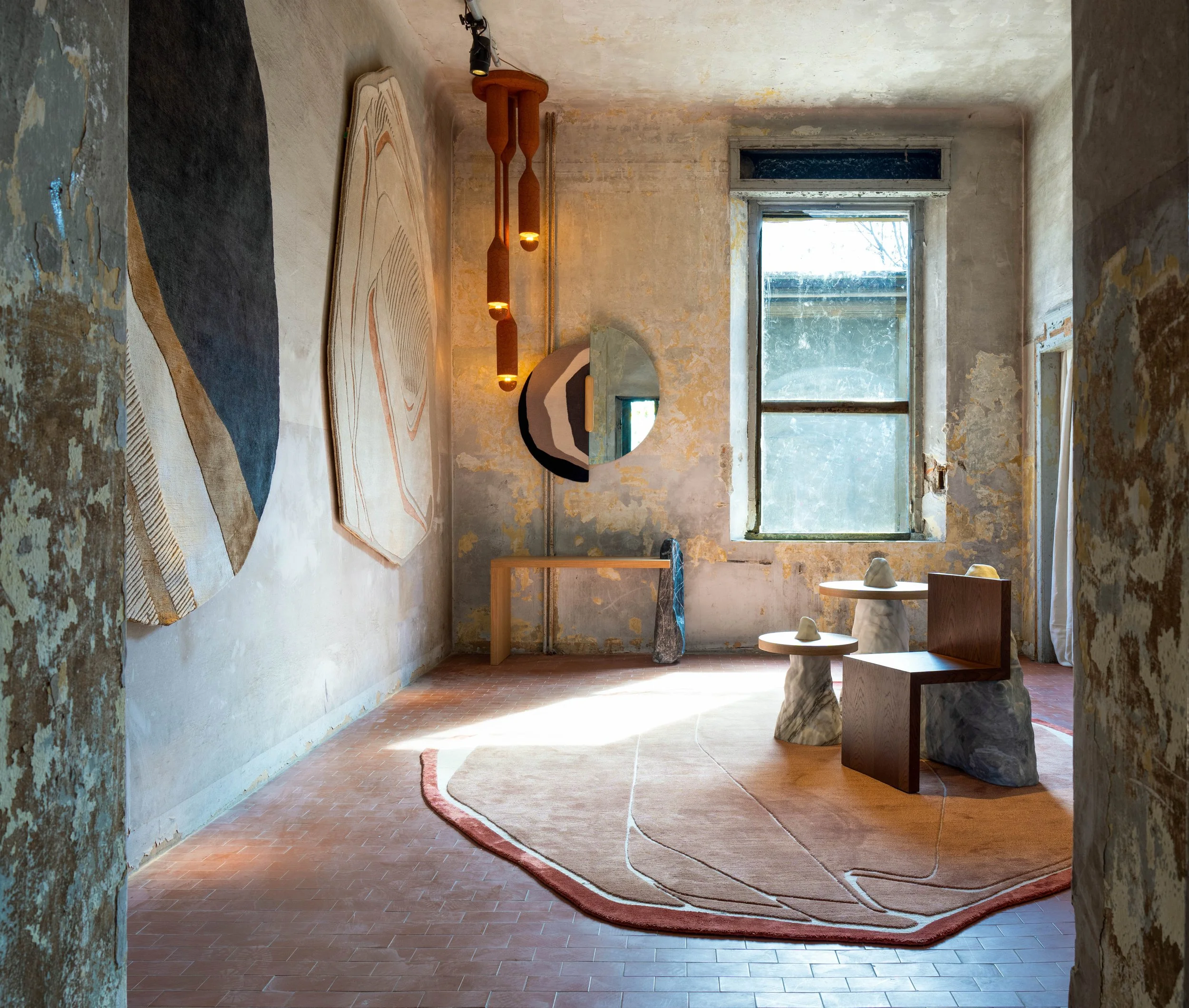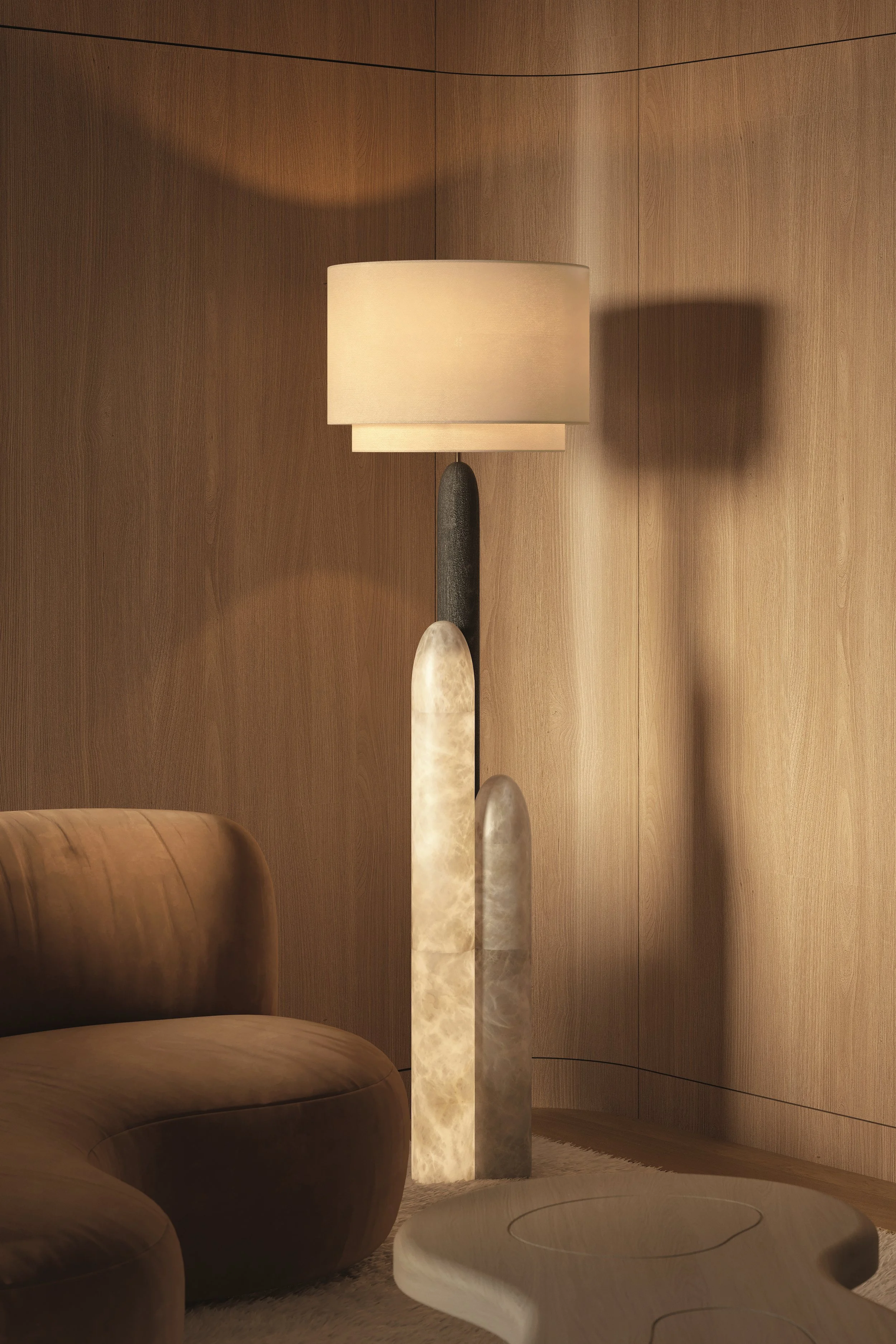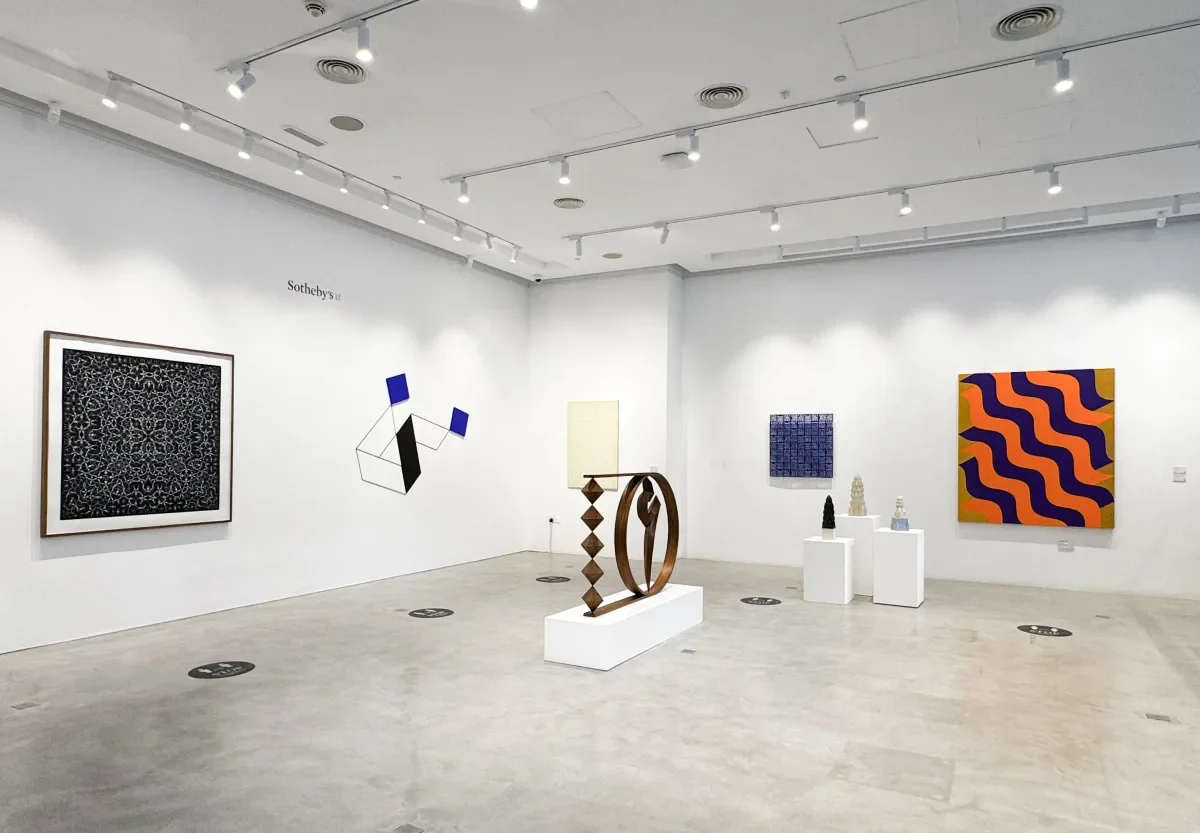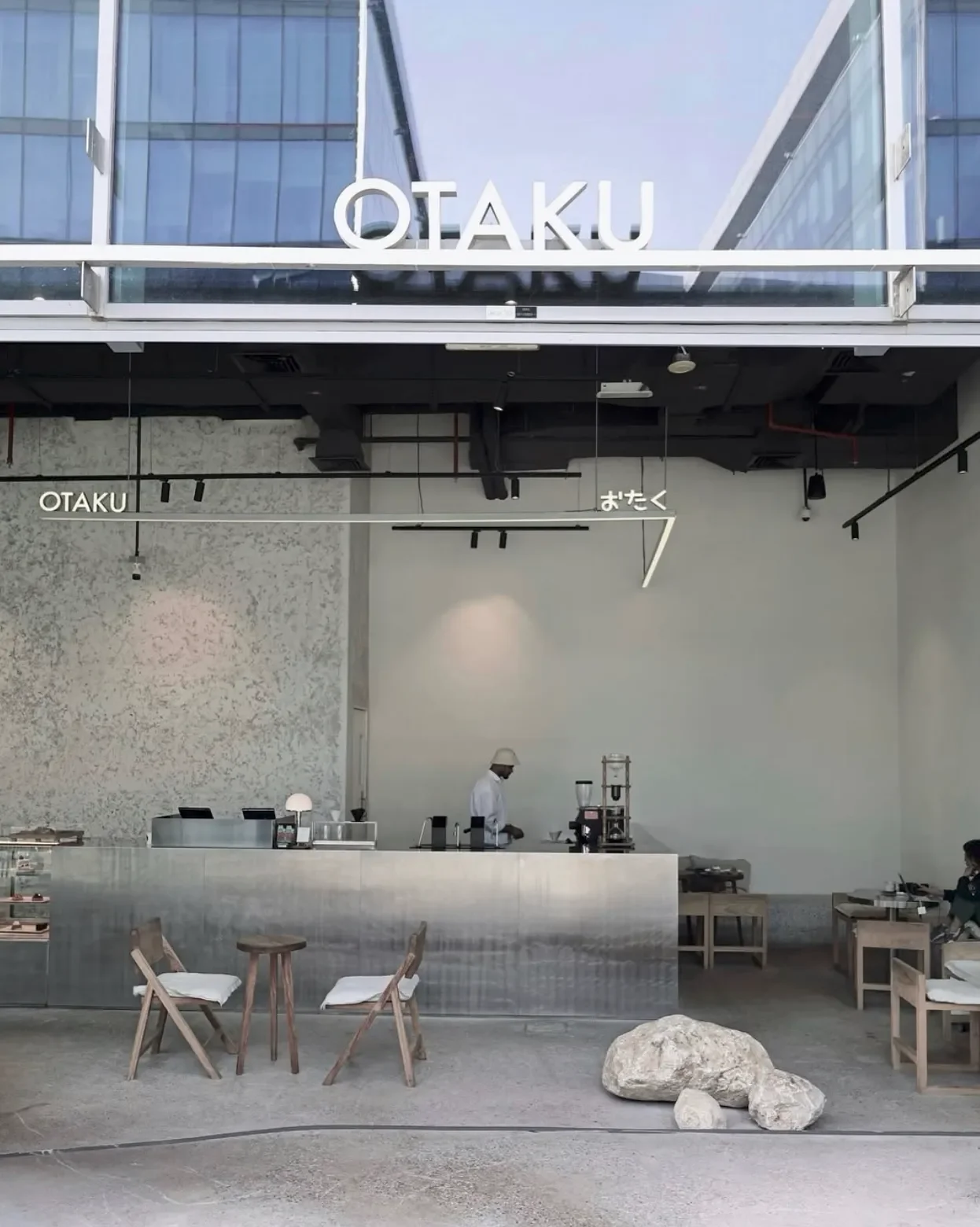In Conversation With: Mette Degn- Christensen
Downtown Design Dubai 2025: The Region’s Premier Design Fair
Ahead of this year’s edition, Director of Downtown Design Mette Degn-Christensen, speaks to The Fluxx about the exhibitions evolving role in the global design calendar, what makes Dubai such a dynamic meeting ground, and why the 2025 fair is set to be its most ambitious yet.
Mette Degn-Christensen
Each November, Downtown Design transforms Dubai Design District (d3) into the Middle East’s most influential platform for contemporary design. As the commercial centrepiece of Dubai Design Week, the fair brings together global icons and rising regional stars, showcasing cutting-edge furniture, lighting, materials, lifestyle products and interiors across the d3 Waterfront Terrace.
Now in its 11th edition, Downtown Design 2025 will welcome a mix of returning names, Vitra, Poltrona Frau, Kartell, Venini, alongside new exhibitors such as Roche Bobois, Stellar Works, Porada and Calico Wallpaper, and special presentations from designers including Stéphanie Coutas and Draga & Aurel. Regional spotlights include Lebanon’s BEIT Collective, Saudi Arabia’s Designed in Saudi exhibition, and fresh commissions from UAE-based programmes like Tashkeel’s Tanween. Beyond the fair floor, immersive brand pop-ups, from Buccellati’s david/nicolas installation to Veuve Clicquot’s Solaire Lounge—will push the boundaries of how design engages audiences.
With its combination of world-class exhibitors, experimental concepts and thought leadership through The Forum (this year headlined by Tom Dixon), Downtown Design has established itself as both a serious marketplace and a cultural meeting point. At its helm is Mette Degn-Christensen, who has steered the fair into an essential nexus where business, creativity and community intersect.
Studio Obliq
Image left, Studio Obliq. Image right, Roche Bobois.
In Conversation With: Mette Degn-Christensen, Director of Downtown Design
Since taking the helm at Downtown Design, what’s been your guiding curatorial vision, and how do you balance international heavyweights with emerging regional voices to keep the fair fresh and meaningful each year?
For every edition of the fair, we assemble a line-up that combines global brands, regional debuts, creative showcases and pop-up concepts, alongside a spotlight on UAE talent. Throughout the fair, there is a strong emphasis on material craftsmanship, spatial innovation, and programming tailored to a diverse, high-calibre audience to reflect the essence of Downtown Design, contemporary, high-quality, and original design. This allows us to support both international brands and emerging creative talent while contributing meaningfully to the region’s evolving design scene.
Downtown Design serves as a platform to foster interaction and a point of connection for the design industry in the Middle East, while serving as a bridge between regional and global design. It is a fast-paced, dynamic scene here and therefore we organically adapt every year’s edition to the movement of the market; what is sought after and what is relevant, as well as the diverse players and their evolving position in the market. This balance of content and meeting requirements or desires of the audiences is the secret sauce.
Our audience is well-travelled, design-savvy, and culturally curious, often true aficionados, so our offering is carefully tailored to meet those expectations, not just to mimic other fairs. There’s a consistent focus on premium interior design across hospitality and residential sectors, showcasing both global names and limited-edition works that visitors can explore, buy, or commission.
From your vantage point, what feels uniquely ‘Dubai’ or ‘UAE’ about the design scene right now, whether that’s materials, client appetite, craft revival, or how brands collaborate across cultures?
Dubai is known as a melting pot, with residents hailing from all over the world, and I think what is unique is the global platform and creative hub that Dubai and the UAE has grown into, with a strong emphasis on cross-cultural exchange and on amplifying voices from West and South Asia, as well as the wider Global South. The go-get attitude, the ambition and opportunity, really pushes us all here to always develop and evolve, and that makes the scene very exciting, never boring. We indeed see a lot of cross-cultural collaboration, spanning the globe across countries, regions and continents. That is a very natural approach in Dubai.
At the heart of Downtown Design, we stage the annual UAE Designer Exhibition, which gives a good snapshot of the emerging creative scene and what the early career designers, not yet exposed through galleries or other representation are working on. We also lend stage to the showcase of the results of the annual cohort of the Tanween Design Programme by Tashkeel and unveil their products every November, as well as showcases by Sharjah-based 1971 Design Space - this year featuring designers Lina Ghalib and Nuhayr Zein who are both alumni of the UAE Designer Exhibition and the Tanween programme - and we’re this year also joined by the cohort of the Athath Fellowship by MAKE in Abu Dhabi for the first time. These initiatives offer great insight into the direction of the UAE creatives and the ‘made in the UAE’ label, specifically the material innovation, local craft and manufacturing research – all very interesting to follow.
Art + Loom
Image left, Berengere Leroy_Sofa Mille et une Nuits Collection. Image right, Atelier Alain Ellouz Umami, Hi No Ne Floor Light
Looking back over the years, what are the most significant shifts you’ve witnessed, on the fair floor and in the wider market, around sustainability, production capabilities, collector behaviour, or the public realm?
Ah, that is such a big question. I’ve been in Dubai eight years now, so I have seen quite a bit of shift in the design scene and could go on for hours on this. We have observed noteworthy economic growth in the region’s creative sector, notably design and interiors, and increasing demand for high-quality spaces both hospitality and residential. I think in relation to my work directly, probably the most noteworthy is the change in demand for contemporary aesthetics, quality product and materials, versus the perception in the west of what is in demand here in this region.
Mirroring this, we are actively involved with not only what is on show in our fair of course, but also how it is presented physically on the fair floor, and obviously across programming as well. In recent years, it has become an imperative approach for us to facilitate valuable connections, create collaborations and generate opportunities that have a lasting impact. Our event aims to act as a catalyst for positive change across the industry, not just a showcase across the week in November, and a lot goes into this year-round.
Where do you see the Gulf design industry heading in the next five years, technologies (AI, digital fabrication), circular design, supply chains, education pipelines, and how is Downtown Design evolving to meet that future?
The region’s design scene is at a dynamic juncture, and what is most exciting is not trying to predict the future with certainty, but to observe the innovation already underway that hints at where things are moving. Across the Middle East, we’re seeing architects, designers, and makers experimenting with digital fabrication, advanced materials, and AI not just as tools for efficiency, but as catalysts for creativity. There’s also a growing focus on circular design and more locally attuned supply chains, which feels particularly relevant here in the UAE, where questions of sustainability and resource use are made a priority.
Education is another powerful driver: new institutions and programs are nurturing a generation of designers with both global awareness and a sensitivity to the local context. That balance between international perspective and regional identity is key.
At Downtown Design, our role is to create a platform that connects these currents - whether by showcasing experimental fabrication, championing sustainable practices, or convening thought leaders, who can share and challenge ideas. We see the fair as a mirror of this evolving ecosystem: a place where the region’s future creative community can be both tested and celebrated in real time.
TERRA, Mosaic Factory
What practical advice would you give to international brands entering the GCC for the first time, and to local designers scaling up, so their work lands authentically and sustainably in this market?
The most practical advice I would give, whether to an international brand entering the GCC for the first time, or to a local designer looking to scale up, is to begin with an honest analysis of your own position and objectives. Rather than comparing yourself to others or looking for a quick template, it’s about asking: What is my brand identity and the current perception of my brand, product offer, service? What am I hoping to achieve, and what would help me get there? And how does that vision translate meaningfully in this context?
Be realistic about your target market or client, and assess how to best get there, bearing in mind cultural context and the broad diversity of this market. No-one likes a tone-deaf approach, and here it won’t work in the long run.
The Middle East, and Dubai specifically, is a place of opportunity, but it’s also highly diverse and fast evolving. Success is rarely a one-size-fits-all solution; what works for one brand may not work for another. Approaching the market with clarity about your own strengths and ambitions, allows you to adapt authentically, build the right relationships, and ensure your strategy is sustainable.
At Downtown Design, we work closely with international brands, designers and distributors -as well as local talent and institutions, of course, on this very journey, and daily. For us, it is very key to create connections, open doors, and provide a gateway where ideas can be tested, refined, and shared through our lens of contemporary, high-quality design. In the end, authenticity and sustainability come from alignment: between who you are, what you aim to do, and how you respond to the unique dynamics of this market.
And a last tip, don’t give yourself the pressure of thinking you have to have it all figured out from the get-go, no one does. That is why planning and analysing smart is crucial.
Could you share a design-led mini-itinerary for Dubai; your go-to galleries, studios or concept stores, plus a few favourite restaurants, hotels and spas, and perhaps one under-the-radar spot that even design insiders might miss?
Oh gosh there is so much! I would begin at Lawrie Shabibi in Alserkal Avenue, where Omar Al Gurg’s solo photography exhibition is currently on view and on a tangent, visiting Omar’s own studio is one of my favourites and most calming rituals. In Dubai Design District (d3), Aljoud Lootah’s studio is a real gem of contemporary design, and the nicest team to visit. While in d3, I have a soft spot for the quieter corners like Bageri Form and Otaku, both secret favourites of mine for a restorative pause. I’m obsessed with Onda Replenishment Bar, which is designed by Bone Studio - their fluffy matcha with a blueberry cloud is out of this world. I love early mornings at Alicia in Port de la Mer area, designed by Bastormagi and featuring furniture by Local Industries, which is a great project. Collectional at Eden House is a constant source of fresh design content, and I’m excited about Nada Debs’ new shop opening soon.
Image left, Otaku. Image right, Onda.
I also adore Fine Blooms, the flower shop designed by Universal Design Studio with contributions from Talin Hazbar; you can wander into the back, essentially an enormous industrial fridge, and pick your own bouquet – it’s such an inspired concept. For food, I recently tried The Cullinan, a South African steakhouse at the new Marsa Al Arab, which was a treat, while Mimi Kakushi remains a favourite for weekend brunch or drinks. For something more low-key, I love the little pasta place Sagra on Jumeirah Beach Road. When it comes to hotels, The Lana is simply stunning, and Delano Dubai has quickly become a go-to, while for an escape, nothing beats a weekend at Bab Al Shams, where the spa is wonderful.
For cinema, I like stopping by Cinema Akil occasionally when they screen something that resonates – I once caught one of my favourite Danish films there, which felt like a slice of home. Also, dinner or lazy weekend meals at Bungalo34 or Togomago for the win!
The Lana, Dubai. Dorchester Collection.
Image left, Bab Al Shams. Image right, Bungalow34.
For more information visit, downtowndesign.com

